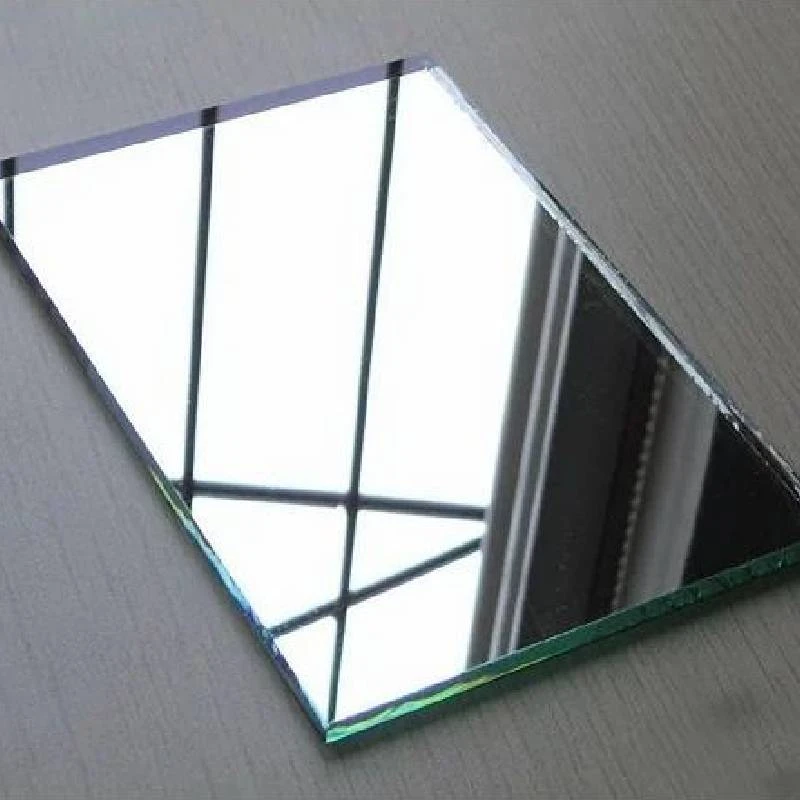

Understanding Thick Tempered Glass Benefits and Applications
Thick tempered glass, also known as toughened glass, has emerged as a revolutionary material in the architecture and design industries due to its superior strength and safety features. Made through a process of extreme heating and rapid cooling, thick tempered glass is significantly stronger than regular glass, making it ideal for a variety of applications where durability and safety are paramount.
What is Thick Tempered Glass?
Thick tempered glass is produced by heating standard glass to temperatures of around 600 to 700 degrees Celsius. After this heating phase, the glass is rapidly cooled. This thermal treatment alters the internal structure of the glass, resulting in increased strength and improved thermal resistance. The thick aspect refers to the glass's substantial thickness, which typically ranges from 6mm to 19mm or more, depending on the intended application. Unlike standard glass, which can shatter into sharp, dangerous shards, tempered glass breaks into smaller, less harmful pieces, thus significantly reducing the risk of injury when broken.
Applications of Thick Tempered Glass
The range of applications for thick tempered glass is extensive. In the architectural domain, it is commonly used for facades, glass doors, windows, and skylights due to its ability to withstand both high pressure and temperature fluctuations. This strength makes it particularly suitable for commercial buildings, where safety and aesthetics are critical.
In residential settings, thick tempered glass can be found in shower enclosures, glass railings, and even tabletops
. Its transparency and minimalist look promote modern design, allowing natural light to flow while maintaining safety and security. Homeowners appreciate its ease of maintenance, as its non-porous surface resists stains and is easy to clean.In addition to its aesthetic appeal, thick tempered glass is increasingly used in industries requiring stringent safety measures, such as automotive and aviation. The glass used in car windows, for example, is often thick tempered glass, providing both safety and comfort for passengers.

Benefits of Thick Tempered Glass
1. Enhanced Safety The most significant advantage of thick tempered glass is its safety features. In the event of breakage, it shatters into small, blunt pieces, minimizing the risk of injury. This characteristic alone makes it a preferred choice for public spaces and homes with children.
2. High Strength Thick tempered glass is up to five times stronger than standard glass of the same thickness. This added strength allows it to withstand considerable impacts, extreme weather conditions, and thermal stress without cracking or breaking.
3. Thermal Resistance Thick tempered glass can endure rapid temperature changes, making it ideal for applications such as shower doors or areas exposed to direct sunlight. Its ability to resist thermal stress reduces the risk of cracks due to sudden temperature fluctuations.
4. Aesthetic Appeal Thick tempered glass provides a sleek and modern look that enhances any architectural design. Its clarity and ability to allow natural light to penetrate make it a favorite among designers looking to create open and inviting spaces.
5. Customization It can be manufactured in various sizes, shapes, and finishes, allowing for endless design possibilities. Whether a large glass wall or intricate glass partition, thick tempered glass can meet specific design requirements.
Conclusion
In summary, thick tempered glass is a versatile and highly sought-after material in today’s building and design landscapes. Its combination of strength, safety, aesthetic appeal, and thermal resistance makes it an indispensable choice for a broad range of applications. Whether used in residential, commercial, or industrial settings, thick tempered glass not only enhances safety but also elevates design, making it a true marvel of modern materials engineering. As architects and designers continue to push boundaries, the significance of thick tempered glass is likely to grow, solidifying its place in contemporary construction and design.